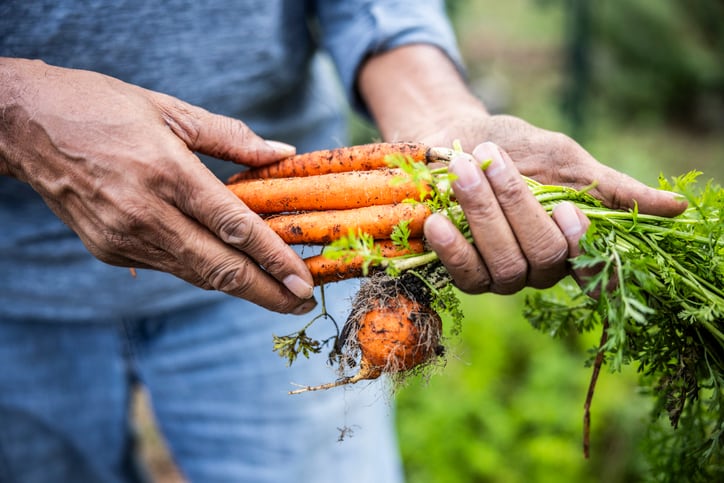Organic products are in nearly every US household, but consumer motivations for buying them vary by demographic and lifestyle – creating an urgent need for brands, retailers and producers to finetune messaging around the certification to drive growth and long-term loyalty.
According to consumer research firm SPINS, 91.7% of US households purchased at least one organic product in the past six years – revealing both widespread consumer interest in organic and an opportunity for stakeholders to attract additional buyers.
But to fully seize that opportunity, stakeholders need to understand who is buying organic and why so that they can align their message with shoppers’ motivations, Jessica Wright, VP of product intelligence at SPINS told attendees at the Organic Trade Association’s annual summit in Washington, DC, this week.
This may be easier said than done, she cautioned, explaining organic consumers are far from monolithic.
Indeed, SPINS breaks the core audience segment into two main groups – ‘enlightened environmentalists’ and ‘true believers’ – and two aspiring segments – ‘healthy realists’ and ‘strapped seekers.’
While enlightened environmentalists and healthy realists make up about 10% each of the segment distribution, they account for 38% of total natural and organic dollar sales – far more than their fair share, Wright said.
The enlightened environmentalist tends to be bit older and more affluent with most aged 55 years or older and earning a household income of $100,000 per year, Wright said.
“They are really motivated by whether the product is environmentally friendly. They are really driven by these eco values,” she said.
“This is different than what we see from the true believers,” she added, explaining true believers tend to be 18 to 25 years old, have larger households and about half earn at least $70,000 a year.
Innovation could unlock incremental sales
One way to bridge the differences between organic shoppers who are ‘enlightened environmentalists’ and ‘true believers’ is to evolve messaging to better highlight innovation that checks overarching consumer demand for taste, flavor and specific dietary preferences.
“In the segmentation data that we have in both the enlightened environmentalists as well as in the true believer segment, we see about half of the segment following a very specific dietary preference – leaning towards dairy-free, gluten-free, vegan and vegetarian,” said Wright. “Innovation could be meeting those consumers where they are from a dietary standpoint, it could be meeting those consumers where they are from a taste standpoint” or it could be meeting them from a multicultural standpoint, knowing that these segments are extremely diverse.
How should organic stakeholders address price premiums?
To win over new consumers, organic stakeholders also need to address head-on real and perceived price differences between organic and conventional products.
“Price is still a barrier and limitation,” said Wright. “What we see in the data is that when that barrier starts to close a little bit, because the price gap starts to shrink, we see more purchases of the organic option, because there is this intent and desire to want to purchase that product. But that is not always accessible due to price.”
Industry can drive sales by either lowering the price and making items more accessible, or by better aligning the products with consumers’ values so that they are more willing to pay a higher price, she explained.
Strategies to boost visibility and sales of organic products
One way brands can elevate the value of organic products is to prominently feature the USDA Organic seal on qualifying products so that consumers can quickly identify organic options, Tripp Hughes, senior director of consumer strategy at Organic Valley, said at the OTA conference.
Retailers can amplify this impact through instore signage that directs consumers to sections of a store where organic items are stocked together, added Ashley Klebs, senior director, business analytics, consumer research and pricing strategy at Whole Foods Market.
“We have done eye-tracking with customers in the store to look at what they are looking at” and found that “if we want to get a message across we have to do it simply, and then from a signage strategy, we have to put that message everywhere through the signs,” Klebs said.
“But signage isn’t enough,” she added. “It has to show up in everything that we are doing. It has to show up in the products that we are selling and for the brands that we are selling it has to show up in their messages too. It has to show up in our team members as well, in what messages they are communicating. And it has to show up outside the store, too.”
The Organic Trade Association’s recently launched The Seal Makes It Simple ad campaign seeks to amplify efforts by brands and retailers by educating consumers about what the USDA Organic seal represents. The campaign is doing the heavy lifting of listing out organic’s multiple benefits for people and the planet so that brands and retailers can concentrate on prominently placing the seal on products and in stores.



